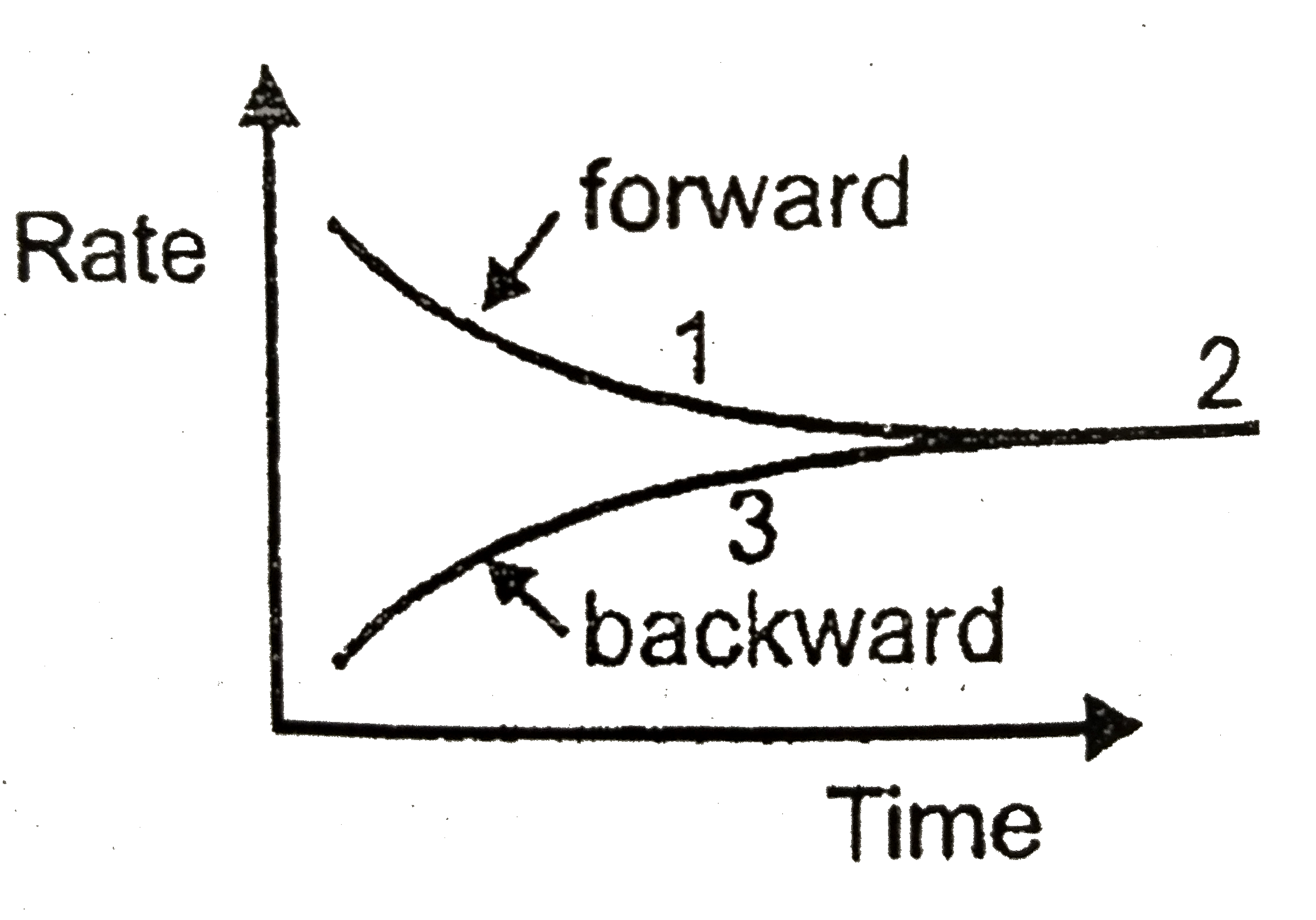Consider thr reaction where Kp=0.497at 500K
PCl5(g)⇔PCl3(g)+Cl2(g)
If the htree gasses are mixed in a right container so that the partial pressure of each gas in initially 1 atm ,then which is correct observation ?
More PCl5 will be produced
More PCl3 will be produced
Equilibrium will be eatablished when 50% reaction is complete
none of these
The correct Answer is:a
Step by step video & image solution for Consider thr reaction where K_(p)=0.497 at 500K PCl_(5)(g)hArrPCl_(3)(g)+Cl_(2)(g) If the htree gasses are mixed in a right container so that the partial pressure of each gas in initially 1 atm ,then which is correct observation ? by Chemistry experts to help you in doubts & scoring excellent marks in Class 11 exams.
Updated on:21/07/2023Similar Questions
Knowledge Check
For the reaction,
PCl5(g)⇔PCl3(g)+Cl2(g), the forward reaction at constant temperature is favoured by:Aa. introducing an inert gas at constant volumeBb.introducing Cl2 at constant volumeCc. introducing PCl5 at constant volumeDd. reducing the volume of the container.
For the reaction PCl5(g)⇔PCl3(g)+Cl2(g) the forward reaction at constant temperature is favoured by
View SolutionConsider the reactions
(i)PCl5(g)⇔PCl3(g)+Cl2(g)
(ii)N2O4(g)⇔2NO2(g)
The addition of an inert gas at constant volume
View SolutionIn the dissociation of PCl5 as
PCl5(g)⇔PCl3(g)+Cl2(g)
If the degree of dissociation is α at equilibrium pressure P, then the equilibrium constant for the reaction is
View SolutionPCl5(g)⇔PCl3(g)+Cl2(g). If 1 mole PCl5 was put in a container of volume V litre and at equlibrium, x moles of it was decomposed, find its KpandKc at equlibrium pressure of P atm.
View SolutionFor the reaction PCl5(g)→PCl3(g)+Cl2(g) where ΔH and ΔE represents enthalpy change and internal energy change respectively.
View SolutionIn the reaction
PCl5(g)⇔PCl3(g)+Cl2(g)
a graph in plotted to show the variation of rate of forward and backward
reactions against time. Which of the following is correct?

Q>K Q=K Q<K
View SolutionUnit of equilibrium constant Kp for the reaction PCl5(g)⇔PCl3(g)+Cl2(g) is
View Solution
